"Here's one of our favourite concepts of all time. The Espace F1 was created in 1995 by French motorsport pioneers Matra to celebrate both the 10th anniversary of the Espace and Renault's involvement in Formula One racing. It might have looked "

Renault Safrane Biturbo: the ultimate 1990s French supersaloon
The time Renault tried to take on the Germans in the battle for Autobahn supremacy and lost…
In the early 1990s, Renault wanted to rattle the cages of the rival German manufacturers, who ruled when it came to both speed and power. The only way to do this was to go extreme, and they did with the Safrane Biturbo.
At the time, the BMW 540i and Audi 100 S4 were ruling the Autobahn with V8 burble and turbo whistle, leaving the French firm seriously adrift in the performance saloon game. The 1990 Renault 21 Turbo Quadra was an attempt to bridge the gap with the Germans, but with 175bhp and four-wheel drive, it was left trailing with a 0-60mph sprint time a shade under eight seconds.
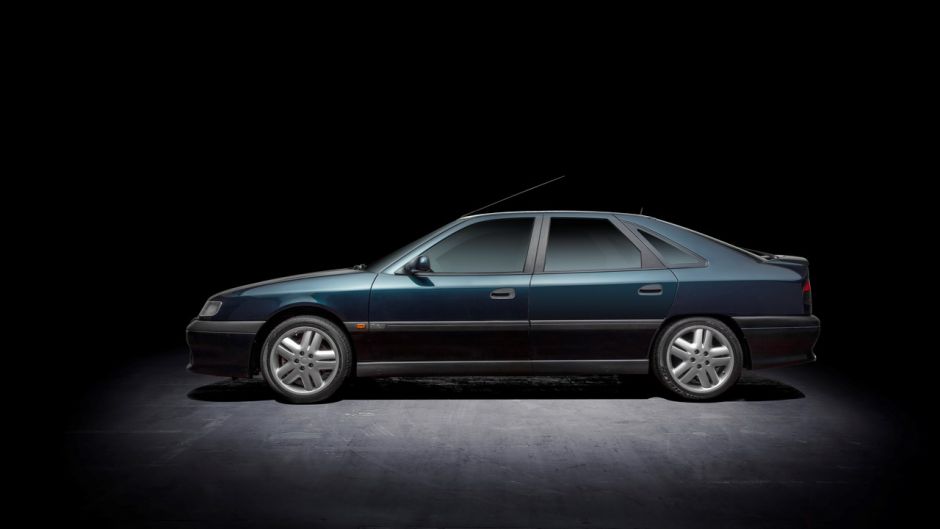
Step forward the Renault Safrane. Introduced as a replacement for the 25 saloon in 1992, it boasted positively feeble performance when compared to its rivals of the era, with a 3.0-litre V6 engine only producing 167bhp.
Hearing the mocking chants and laughter from the Germans, Renault knew they were out of their depth and needed help to unlock the Safrane’s full potential. Oddly, the French carmaker decided to outsource the task of making the Safrane faster, drafting in tuning firms Hartge and Irmscher to help them out.
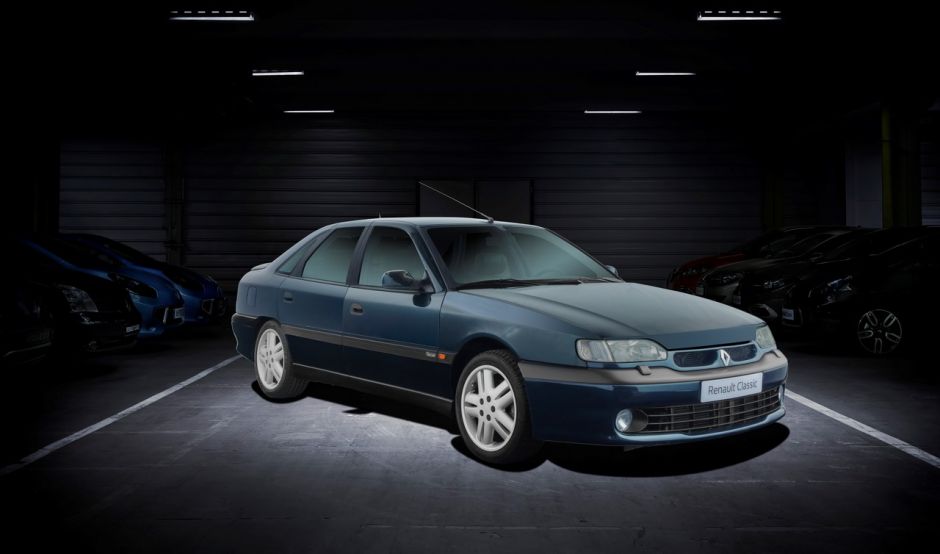
Why did they outsource the work? Because Hartge and Irmscher were better known for tweaking the BMWs and Vauxhalls (Opels) of the era. Hartge was entrusted with building the twin-turbo engines, with Irmscher responsible for the final assembly. The eventual aim, of course, was to steal sales away from the Autobahn-destroying saloons coming out of Germany.
The first port of call was the 3.0-litre 12-valve PRV V6 engine, which got twin KKK turbochargers to remove all of the sloth-like lack of urgency from it. This got rid of the sudden ‘nothing, nothing, nothing – everything!’ turbo lag found in turbocharged Renaults of the era, giving it continual grunt across the rev range. The turbos were given a maximum pressure of 8psi (0.5 bar), raising power to 258bhp. Naturally, all of this fettling improved the motor’s torque output as well, increasing it to 268lb-ft, all of which was available from 2,500rpm upwards giving the Biturbo strong mid-range acceleration.
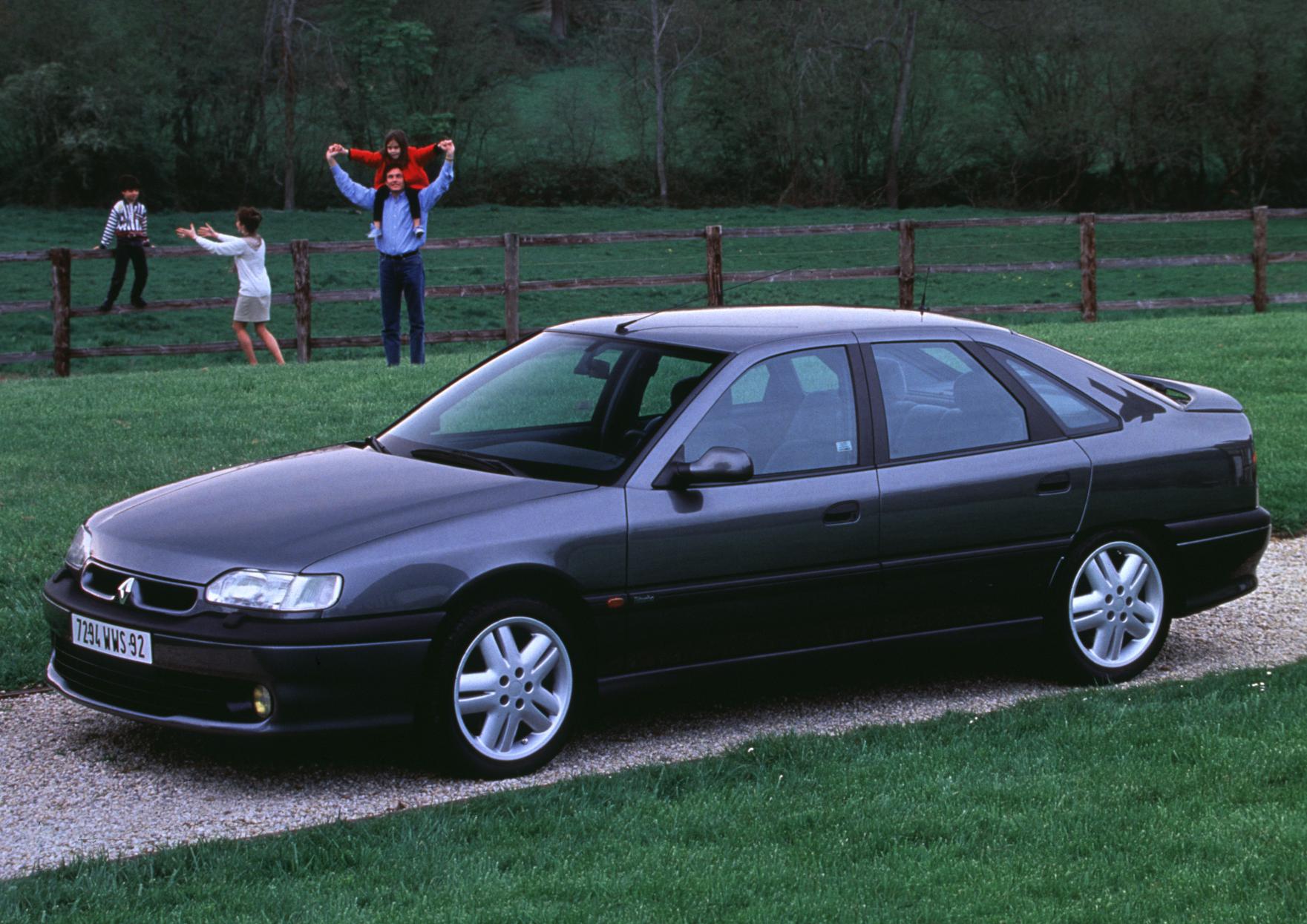
To get all of this power to the road, the Safrane’s ‘torque steer as standard’ front-wheel drive layout was discarded, with a Quadra all-wheel-drive system and a five-speed manual gearbox fitted to give maximum traction and driver involvement. To aid all of this grip, a Boge-Sachs adaptive air suspension system was installed which was almost unheard-of tech on a car of this type in the early 1990s.
After all of these significant changes, the Safrane Biturbo should have been savagely quick with bullet-like acceleration. The trouble was, it was anything but; it had a 0-60mph run of 7.2 seconds down to the fact that it was a bit of a porker as it weighed in at 1,726kg. In a straight line, the Audi 100 S4 and BMW 540i could beat the big Renault by a second or so running to 60mph in 6.1 and 6.4 seconds respectively. All of which likely left the French firm’s bosses quietly mumbling ‘merde’ repeatedly.
Things weren’t all bad though for the Safrane, as it won praise for its smooth ride and flat cornering ability along with all of its considerable turbocharged mid-range fury. It had all the luxury to match its rivals as well with leather and electric everything only leaving its makers mulling over what could have been.
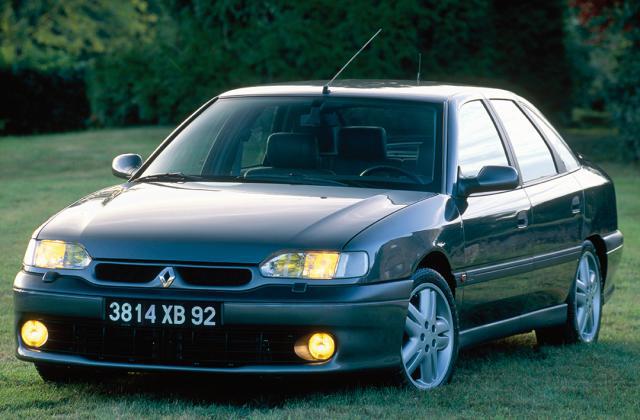
As early in the car’s development, a 300bhp plus power output was mooted by Hartge. This power figure stayed purely theoretical though, with Renault raising concerns that Biturbo owners would need a new gearbox every few thousand miles or so, putting an abrupt end to the plan.
From 1994 to 1996, only 806 Safrane Biturbo’s were built, making it rarer than a whole genre of supercars including the holy grail that is the Ferrari F40. Some cars have survived to this day, with owners reporting expensive suspension failures as well as a thirst for clutches and gearboxes.
For all of its failures, the Renault Safrane Biturbo should be celebrated as something of an achievement. Why? Because it will be remembered as the time the French decided not to let the Germans and their high-powered Autobahn eaters have it all their own way, giving the world something of a rare and legendary 1990s French supersaloon in the process.
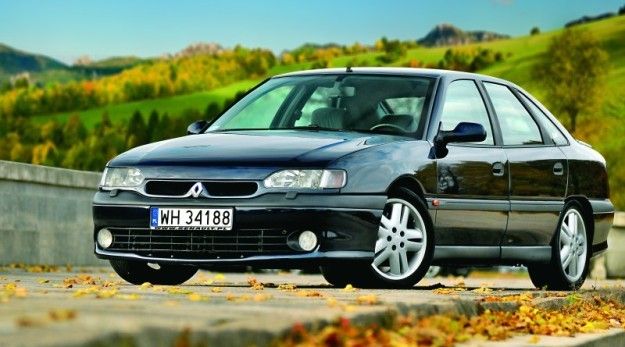
CLICK TO ENLARGE










